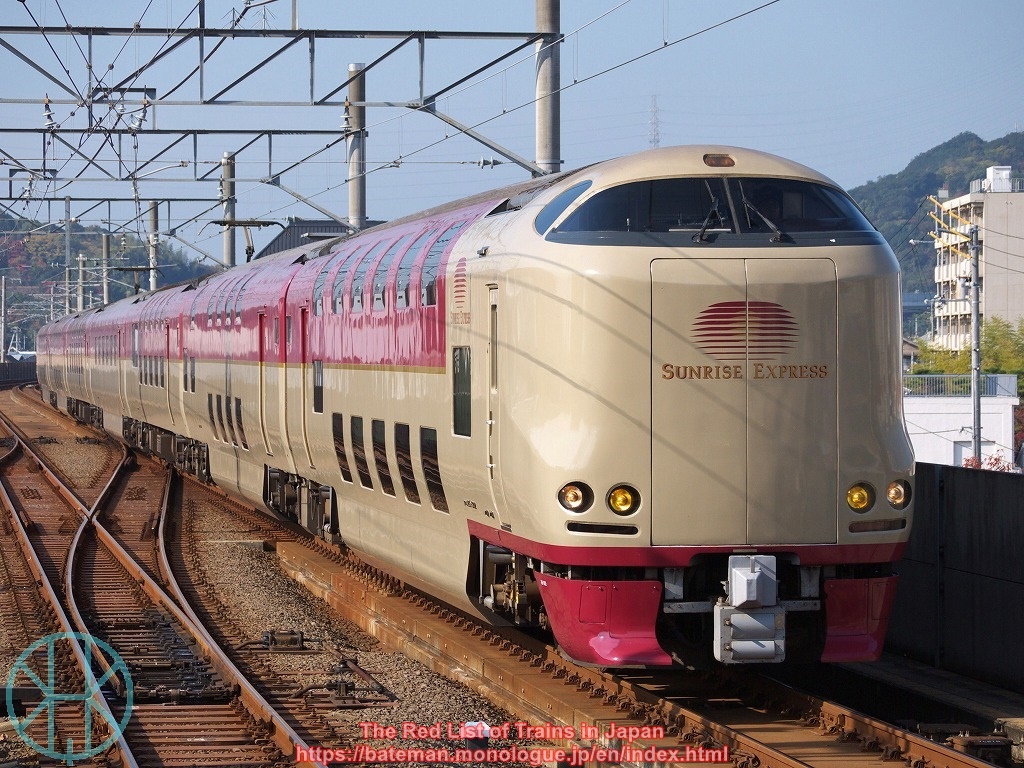 |
| Cambridge - Shelford, 29 Mar 2019 |
Earlier this week, Greater Anglia announced that Class 317 trains would be withdrawn on Saturday 16th July, with the last regular services would run all day between Hertford East and London Liverpool Street.
The Class 317 was introduced in 1981-87, and it has been used mainly in Cambridgeshire and adjacent areas for decades, such as services between London and Cambridge or Stansted Airport. After the privatisation of British Rail, many operators continued using the Class including West Anglia Great Northern (WAGN) and London Overground. Greater Anglia was the last company to use the 317s, but they were replaced at last with brand new Class 720 trains.
As I lived in Cambridge when I was a child in the early-2000s, and in London as a postgraduate student in the late-2010s, I have managed to take a several photos of the Class 317 on Lea Valley Lines and West Anglia Main Line.
The first batch (Class 317/1 and relevant groups)
Two-thirds of the Class 317 were introduced in 1981-82, being the majority.They were initially used on Midland Main Line. Some of them were also used temporarily on LTS Rail (c2c) network from London Fenchurch Street to the east, as well as on Thameslink services between Bedford and Moorgate.
 |
| Liverpool Street, 24 Nov 2018 |
At that time, Greater Anglia's 317s were mostly used for services between Liverpool Street and Hertford East or Cambridge North, with a few on Great Eastern Main Line.
 |
| Cambridge - Shelford, 29 March 2019 |
Blue doors meant that this unit was used on Great Northern route between London King's Cross and Cambridge until 2017.
 |
| Seven Sisters, 24 Jul 2019 |
In 2015, London Overground took over services between Liverpool Street and Cheshunt, Enfield Town and Chingford. The Class 317 was also used on Romford-Upminster line.
 |
| Seven Sisters, 29 Jul 2019 |
In 2000, a few Class 317/1 were refurbished with luggage racks for airport users, and allocated to Stansted Express services. They were later reallocated to London Overground services and withdrawn in 2020. However, some of them were reused by Greater Anglia as stopgaps for a while.
The second batch (Class 317/2 and relevant groups)
Those introduced in 1985-87 looked different from the other groups. They were initially introduced to the Great Northern route, but later used on West Anglia Main Line as well.
 |
| Cambridge - Shelford, 29 Mar 2019 |
This front end was similar to that of other trains introduced in the mid-1980s, such as Class 150/2 and Class 455/7. I preferred this one to the others, and I really liked the design of headlights especially the rectangular ones outermost.
Some old photos
Finally, I would also like to show you two photos I took 20 years ago. Note that they were taken by a primary school boy so that they look horrible.
 |
| King's Cross, 3 Aug 2002 |
The first and second batch of the Class 317. WAGN had been using them mainly for semi-fast and stopping services between King's Cross and Cambridge. My parents and I got on non-stop services in most cases, but we sometimes chose the Class 317 when no fast service was available.
 |
| Cambridge, 31 Aug 2003 |
A Class 317/6 unit at Cambridge after a journey from London (presumably King's Cross). In the late-2010s, most services between London and Cambridge were formed of eight or twelve coaches (as far as I know), but short trains were not uncommon at that time. There were wagons behind the train, but a new island platform was constructed about ten years later.
That's all. I am a little sad to hear that many trains I used to see in Cambridge 20 years ago are mostly gone, as Class 365 retired in 2021 and the Class 317 in 2022. After tonight, only CrossCountry's Class 170 will remain.

















